Table of Contents
Introduction to Vietnamese Cinnamon
Vietnamese cinnamon, also known as Saigon cinnamon, is a premium spice variety native to Vietnam's central regions. Known for its intense sweetness, high cinnamaldehyde content (2-3% or higher), and complex flavor profile, it stands apart from other cinnamon types like Ceylon and Cassia. This guide covers everything you need to know—from its origins and flavor characteristics to practical cooking tips and how to identify authentic Vietnamese cinnamon.
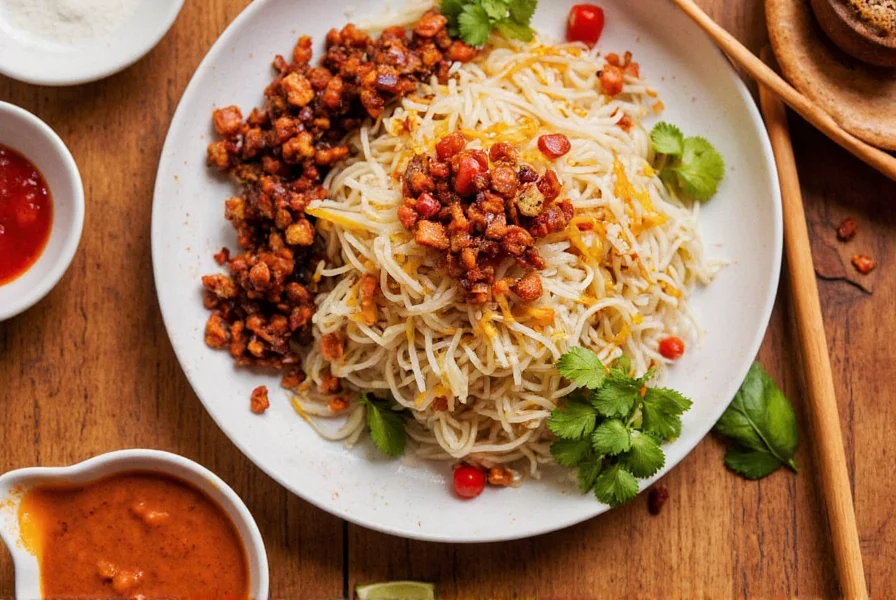
Vietnamese Cinnamon vs Ceylon and Cassia: Key Differences
Understanding the differences between cinnamon varieties is essential for choosing the right spice for your recipes. Vietnamese cinnamon offers a unique balance of sweetness and spice that sets it apart from other types.
| Type of Cinnamon | Origin | Flavor Profile | Common Uses |
|---|---|---|---|
| Ceylon Cinnamon | Sri Lanka | Milder, sweeter, more delicate | Baking, desserts, sauces |
| Cassia Cinnamon | China, Indonesia | Stronger, more pungent, bitter | Spiced drinks, meat dishes, baked goods |
| Vietnamese Cinnamon | Vietnam | Rich, sweet, slightly spicy with high oil content | Traditional recipes, teas, pastries, meat rubs |
This table highlights why Vietnamese cinnamon stands out. Its balanced profile makes it versatile, while its subtle heat adds an extra layer of interest to any dish.
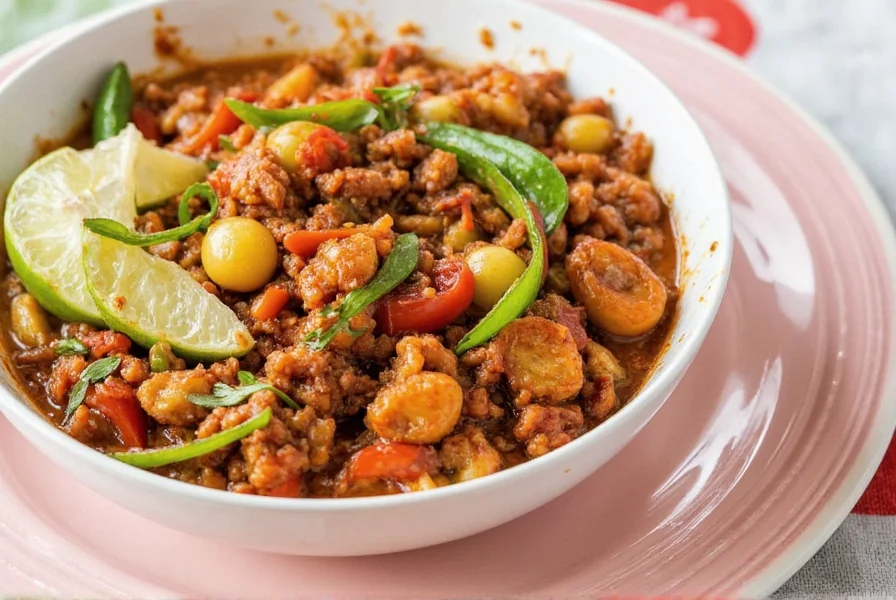
How to Use Vietnamese Cinnamon in Cooking
Now that you know what Vietnamese cinnamon is like, let's talk about how to use it in your cooking. Here are practical tips to maximize its flavor potential:
- Use it in moderation: Even though it's sweet and mild, too much Vietnamese cinnamon can overpower your dish. Start with a small amount and adjust to taste.
- Add it early: When cooking with cinnamon, especially in savory dishes, add it early so the flavors can infuse properly.
- Pair it with other warm spices: Vietnamese cinnamon works well with cloves, nutmeg, and cardamom. Combine them for a rich, aromatic blend.
- Try it in beverages: Perfect for spiced teas, coffee, and cocktails. Just a pinch adds a warm, comforting twist.
- Experiment with desserts: From apple pie to rice pudding, it adds a unique touch to classic sweet treats.
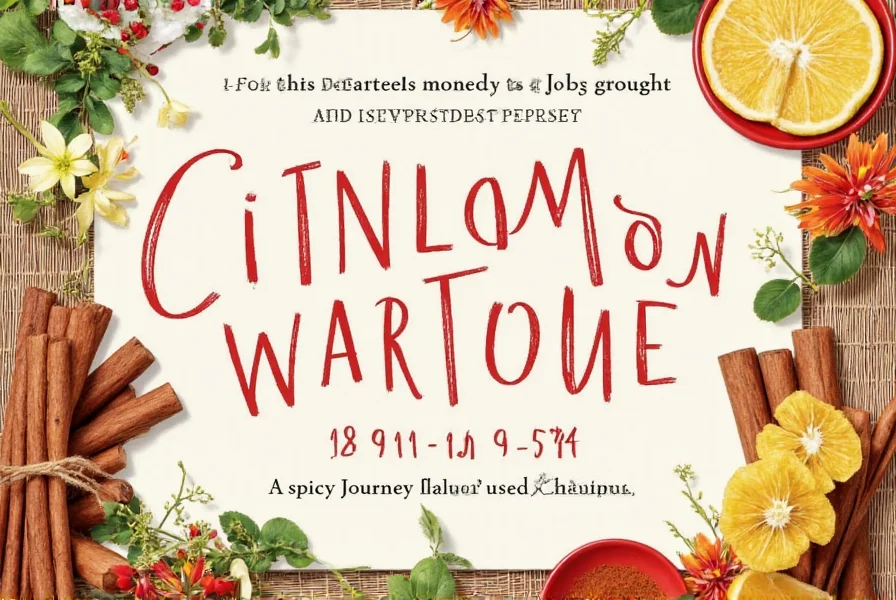
How to Buy Authentic Vietnamese Cinnamon
If you're ready to try Vietnamese cinnamon, knowing what to look for ensures you get the best quality. Not all cinnamon is created equal, and quality varies significantly by source.
Features to Look For
- Appearance: High-quality Vietnamese cinnamon has a deep reddish-brown color with thick, multi-layered bark. Avoid anything too light or brittle.
- Aroma: Should be warm, sweet, and spicy—not chemical-like or overly strong.
- Packaging: Choose sealed or vacuum-packed options to maintain freshness.
Advantages of Vietnamese Cinnamon
- Unique flavor: Offers a perfect balance of sweetness and warmth that's hard to find in other cinnamon varieties.
- Versatility: Works well in both sweet and savory dishes, from desserts to meat rubs.
- Cultural authenticity: Essential for traditional Vietnamese recipes like trà đào (peach tea).
Use Cases and Target Audience
- Chefs and home cooks: Perfect for those exploring new flavors in cooking.
- Spice enthusiasts: Ideal for people who enjoy exploring spice nuances.
- Health-conscious individuals: Contains antioxidants, though consult a professional before using for health purposes.
Suitable Occasions
- Family dinners: Add warmth to soups, stews, and roasts.
- Holiday baking: Enhance cookies, cakes, and pies.
- Tea time: Make fragrant spiced teas or coffee.
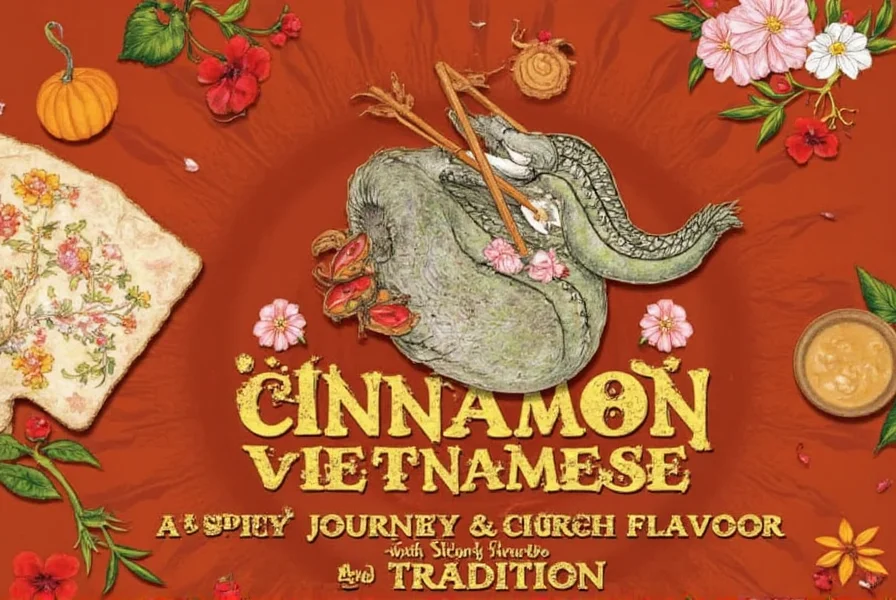
Vietnamese Cinnamon FAQs
What is Vietnamese cinnamon?
Vietnamese cinnamon (also called Saigon cinnamon) comes from the Cinnamomum loureiroi tree grown in central Vietnam. It's known for its high cinnamaldehyde content (2-3% or higher), giving it a stronger, sweeter, and more complex flavor than other cinnamon varieties.
Is Vietnamese cinnamon the same as Saigon cinnamon?
Yes, Vietnamese cinnamon is commonly referred to as Saigon cinnamon. The terms are used interchangeably in the spice trade, though "Saigon cinnamon" is the more common commercial name internationally.
How should I store Vietnamese cinnamon to maintain freshness?
Store Vietnamese cinnamon sticks or powder in an airtight container away from light, heat, and moisture. Properly stored, cinnamon sticks last 3-4 years while ground cinnamon maintains quality for 1-2 years. For maximum freshness, buy whole sticks and grind as needed.
Can I substitute Vietnamese cinnamon for regular cinnamon in recipes?
Yes, but with caution. Vietnamese cinnamon has a more intense flavor than Ceylon cinnamon and is spicier than common cassia. Use about 75% of the amount called for in recipes, then adjust to taste. It works best in recipes benefiting from a stronger cinnamon presence, like baked goods, mulled wines, and meat dishes.
What are the health benefits of Vietnamese cinnamon?
Vietnamese cinnamon contains antioxidants and may support blood sugar regulation and anti-inflammatory properties. However, it contains coumarin, so consume in moderation. Always consult a healthcare professional before using for health purposes.
How can I verify authentic Vietnamese cinnamon?
Look for "Vietnamese cinnamon" or "Saigon cinnamon" labels with clear origin information. Authentic Vietnamese cinnamon has deep reddish-brown color, thick multi-layered bark, and strong sweet-spicy aroma. Reputable vendors provide details about harvesting and processing methods.
Cultural Significance of Vietnamese Cinnamon in Vietnam
Vietnamese cinnamon has been part of Vietnamese culture for centuries. It's not just a spice—it's a symbol of warmth, tradition, and hospitality. In many parts of Vietnam, cinnamon is used in traditional medicine, where it's believed to have healing properties.
During festivals and special occasions, cinnamon flavors rice cakes, steamed buns, and other delicacies. Its presence in these dishes reflects its deep-rooted connection to Vietnamese identity and culinary heritage.
One famous use is in trà đào (Vietnamese peach tea), where cinnamon adds a rich, aromatic flavor that sets it apart from other spiced teas.
In short, Vietnamese cinnamon is more than just a spice—it's a cultural treasure that continues to play a vital role in Vietnamese cuisine and daily life.
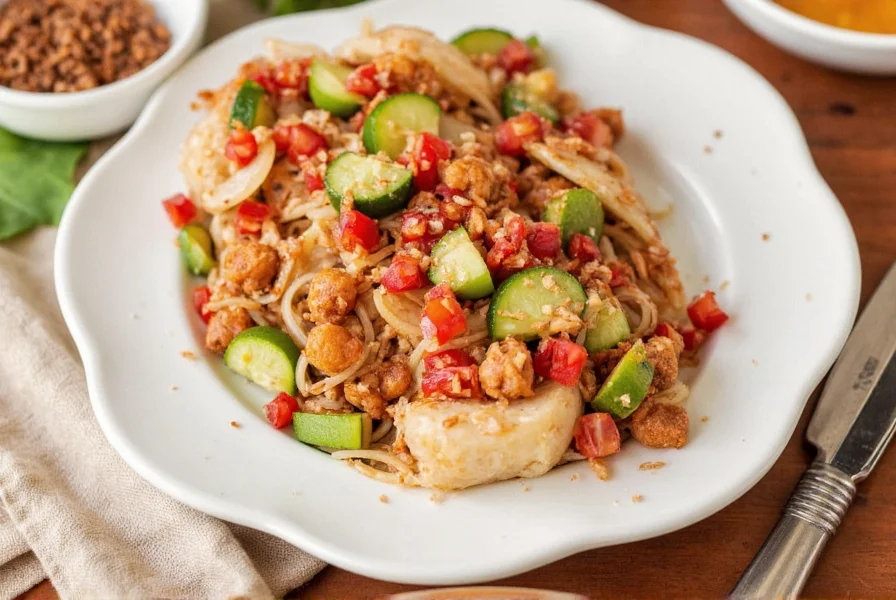
Conclusion
Vietnamese cinnamon is a fascinating and flavorful spice that deserves a place in every kitchen. With its unique combination of sweetness and warmth, it can transform your cooking in ways you never imagined. Whether you're a seasoned chef or a curious home cook, experimenting with Vietnamese cinnamon can open up a whole new world of taste and aroma.
Remember, the key to using any spice is to respect its character and let it shine. So go ahead—grab a bag of Vietnamese cinnamon, and let your creativity run wild. You might just discover a new favorite ingredient!
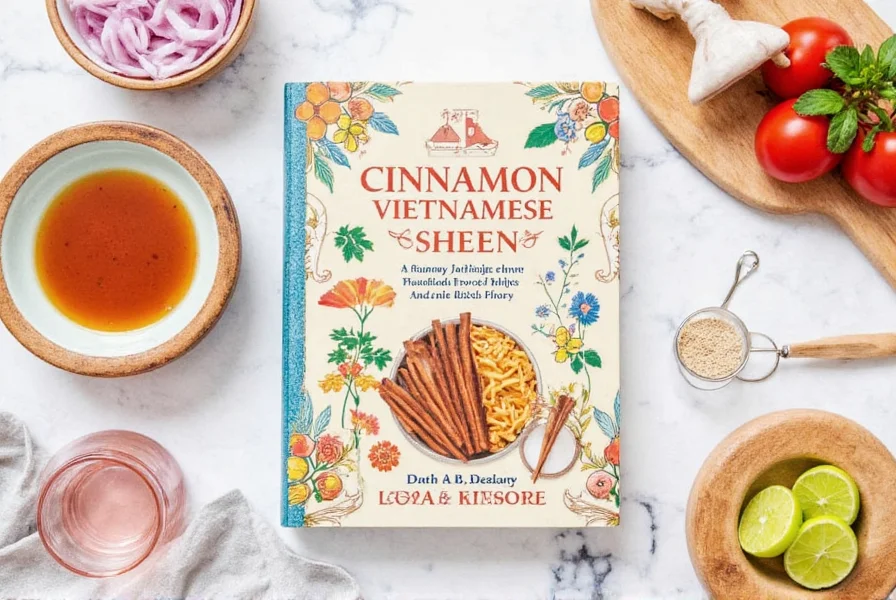

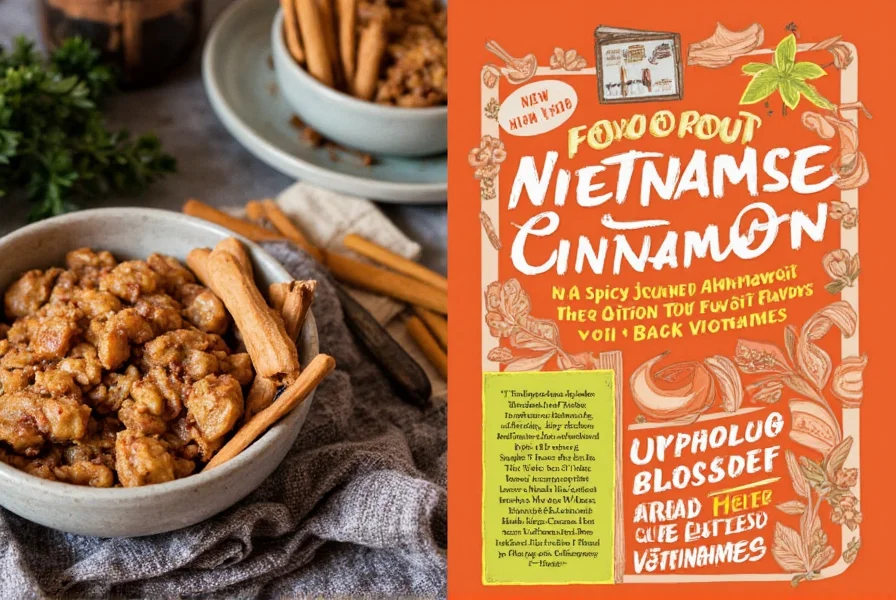









 浙公网安备
33010002000092号
浙公网安备
33010002000092号 浙B2-20120091-4
浙B2-20120091-4